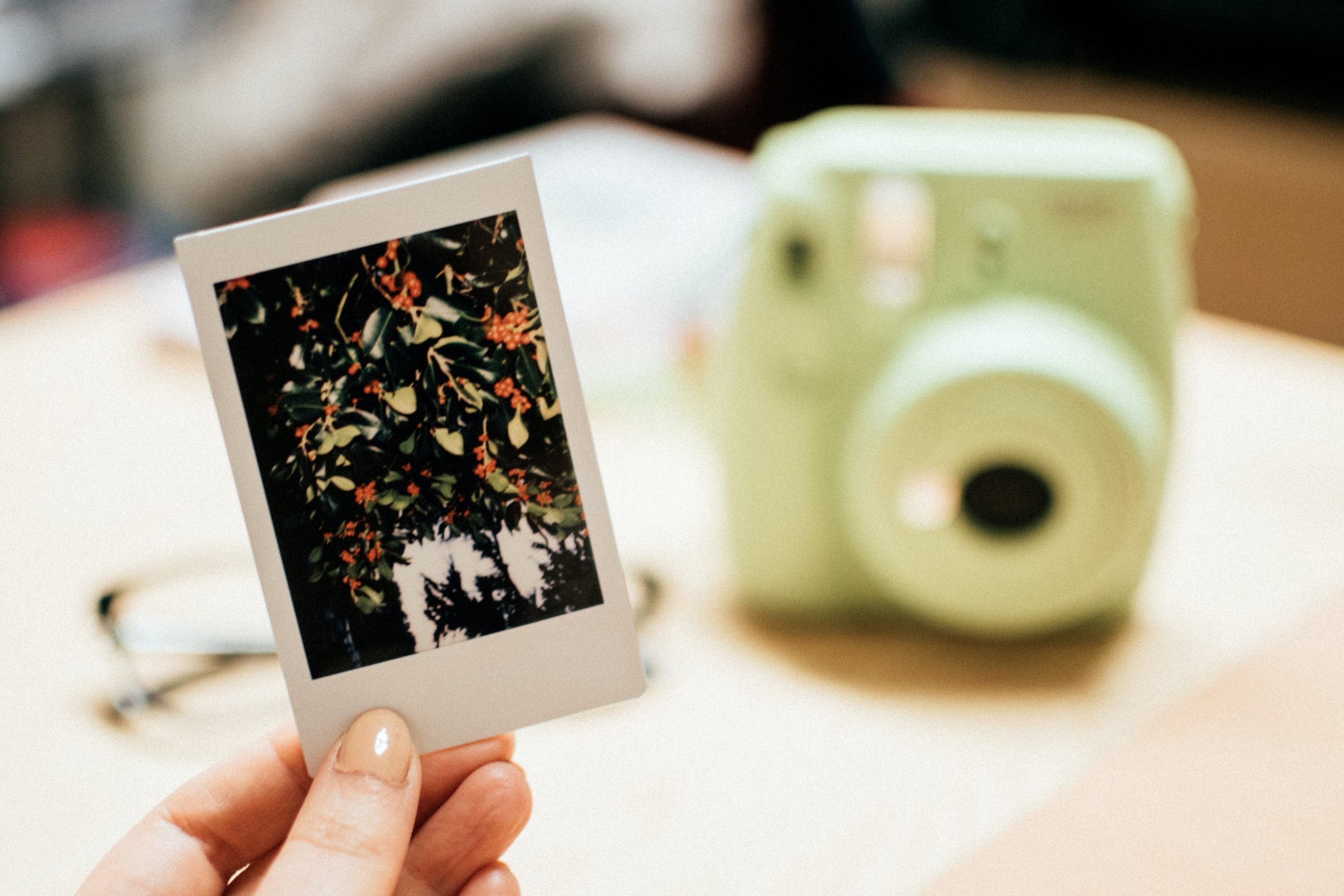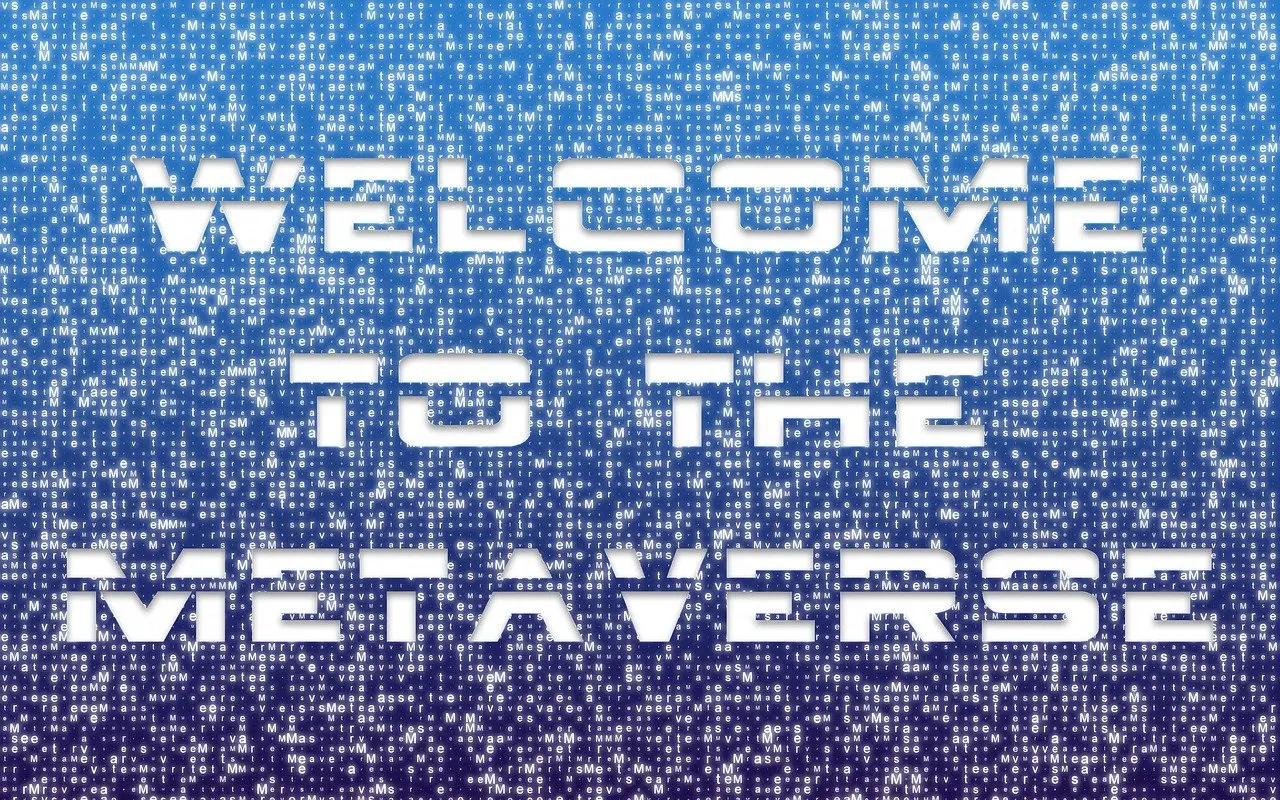The use of visuals in online content doesn’t simply enhance text; images are vital to success.
Research by independent market research company eMarketer revealed that Facebook posts containing photos accounted for 87 percent of all network interactions in 2014. Experiments in 2013 by Buffer, a social media management tool, showed Tweets with images received 18 percent more clicks, 89 percent more favorites and 150 percent more retweets.
It appears true that a picture is worth a thousand words. But you can’t just use any photo in your content. Use one without the appropriate permission and those thousand words you get may be written up as a lawsuit.
What’s yours?
In the simplest explanation, if you or someone from your company did not take the photo, it is not yours and you don’t own the rights to it. Whenever someone creates an image, it is copyrighted. While registration with the U.S. Copyright Office is a requirement to enforce the copyright, there is nothing the original photographer has to do to hold the right. (Copyright is not like a patent or trademark. Those require registration and a fee.)
How to legally use photos in blogs
Get permission: If you find an image online, want to use it and clearly see who the photographer is, consider reaching out to him or her. Many times, a photographer will allow the use of their photo without a fee if you provide attribution. So, as your mother probably told you at some point, “It doesn’t hurt to ask.”
Public domain: Photos are accessible on a public domain repository. All the photos should be marked with the Public Domain Mark 1.0. This indicates that the images are in the public domain. They may once have had copyrights, but now they’ve expired or have been forfeited. This means that they no longer have copyright restrictions and are available for use without a fee.
Stock photos: One of the easiest ways to get permission to use a photo is to pay for it. Many stock photo companies and photo libraries exist and the types of photos they have available can be extensive. When you pay a fee, what you are paying for is the license. The licensing agreements differ for each stock photo company and photo library. For example, you may be purchasing the photo for use one time and on one website. That means you could not use the same photo in a blog or a social media post, even if you were promoting that web page. Other agreements may have limitations that include restrictions to modifying photos and using photos for advertorial content.
Thus, before deciding to buy stock photos, be clear about the agreements and then very careful about not violating terms of use. (Note that some sites offer free stock photos, but again, read the fine print to be sure. Proper attributions may be required and altering of images may not be allowed.)
Public licenses and fair use
Creative Commons: Creative Commons (CC) licenses are public licenses that allow the original photographer to offer use of his or her work to the general public and still have some control on the way the image will be used.
Some agreements are as simple as proper attribution given to the photographer. However, others may restrict the use of their images for commercial purposes. The easiest way to find Creative Commons photos is via The Commons section of Flickr. Search for images and then read the licenses carefully before downloading and using photos.
Fair use: The concept of “fair use” is one exception to needing to have a license to use a photo. This allows use of images (and other copyrighted material) without a fee for certain purposes such as commentary, criticism, reporting or teaching. For example, an art professor could download a photo by Ansel Adams for a PowerPoint presentation. However, a small business website could not download and use that same photo to promote travel to Yosemite National Park.
Fair use is a very tricky thing for businesses. In general, it is easier for an individual to claim fair use if use of the copyrighted image is for noncommercial purposes. Misusing the image could result in serious consequences, even if the photo was used in good faith. If the owner of that copyrighted image does not agree, he or she could bring suit against you.
If you have a content marketing program, or are planning one, download our ebook: 100 mistakes businesses make when starting, optimizing and scaling content marketing programs. Learn from the mistakes of hundreds of other companies. 100 mistakes walks you through common and uncommon challenges that they faced with their content marketing programs.
Tempesta Media, a managed services provider, helps digital agencies and PR firms meet the content needs of their clients. By seeing the content we produce through every step of strategy, topic development, production, SEO and plagiarism protection, we make it easier for agencies to provide their clients with the high quality digital content they need to succeed.











